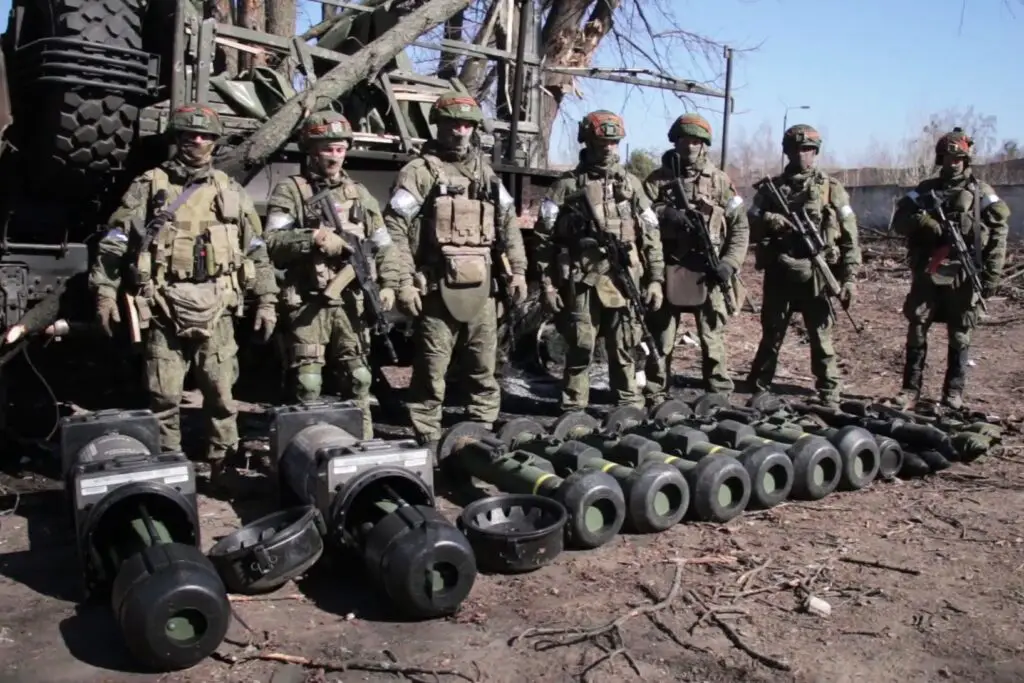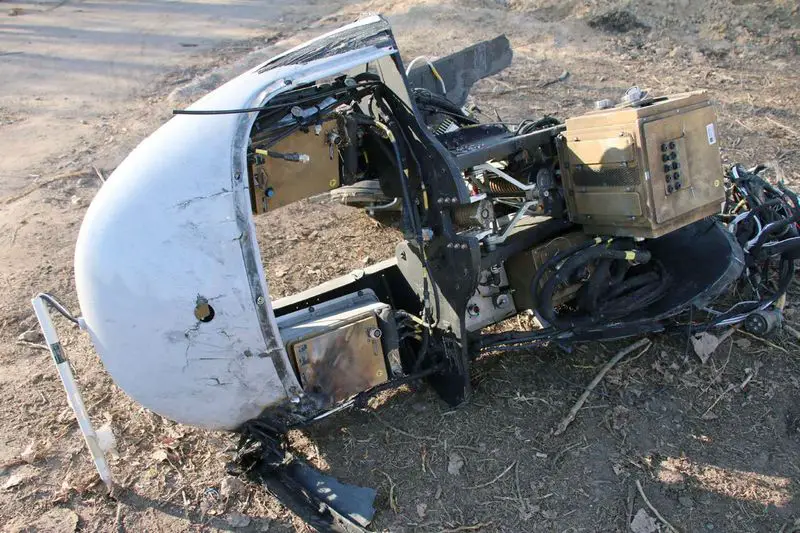The ongoing Russian Special Military Operation in Ukraine affects the arms market since both Russia and Ukraine are major players.
End of Soviet-era weapons, Ukraine will no longer be a major arms exporter
Ukraine will be edged out of the ranks of major arms exporters. With the departure of Ukraine from the world arms market, an important segment of the supply of inexpensive Soviet weapons will disappear. The exports had begun to slow down after the events of 2014-2015. The supply of Soviet armaments will finally come to nought due to their physical absence.
As a result of the special operation, most of Ukraine’s military-industrial enterprises that repaired and modernised Soviet equipment were destroyed. Stocks and repairs of equipment of foreign customers, primarily aviation and armoured vehicles, will be affected. Russia and, to some extent, Belarus and a few East European countries will step into this role.

Russia will have a monopoly for new products over T-84 Oplot”, BTR-3, BTR-82, ATGM “Kornet-E”, ATMG “Korsar”, missiles air-air missiles R-73 and RVV-MD, etc.
Ukraine’s major exports like engines for Turkish Akinci UAVs or equipment for Pakistani Al-Khalid tanks / T-80 UD tanks will have to look for an alternative supplier or strike deals with Russia. The African countries with Soviet-era weapons will also need to diversify suppliers.
Some of the largest European armies are equipped with the most modern Soviet weapons systems, some of which have been modernised and updated. The armed forces personnel from these countries have significant combat experience with these weapons. With Ukraine out of the picture, these countries will be forced to buy expensive U.S. or European weapons.
Ukraine itself will become a net western arms importer and may mimic Georgia. East European countries might transfer these Soviet-era weapons to Ukraine.
Russian arms credibility gets a boost
After the initial day of the special operation, the western arms, including Javelin, NLAW, Stinger, Switchblade, Starstreak and Turkish Bayraktar TB2 drones, were given immense publicity, followed by discrediting Russian arms. However, as Russia continued its offensive, Russian arms prevailed. The U.S. and the European countries sent stockpiles of outdated and some newer anti-tank missiles, which was enough to destroy the entire Russian armoured column in Ukraine, but it did not happen. Russians, too, used the older equipment and fewer newer equipment.

The war followed the pattern seen in Afghanistan, Vietnam and other places where Russian arms and strategy (although the Soviets themselves failed in Afghanistan) finally prevailed against western arms, tactics and training.
Russian precision bombing was also on full display. Even certain western observers now say Russia caused far less collateral damage than the level of ammunition used. The exception seems to be Mariupol, but the jury is out there on why it happened. Azov Regiment did use civilian spaces to fight Russians. Even Ukraine could have avoided the casualty by sending Azov fighters outside the city, as destroying Azov was one of the Russian aims.
In short, the Russians proved the reliability, maintainability, availability, survivability, durability and winnability of their weapons.
An ironic observation is that Ukraine lasted longer against Russia due to its Soviet-era arms and not relatively newer western weapons.
Russian arms under sanctions
Russian arms exports are also expected to undergo changes. The sanctions will be more stringent. However, most of the Russian arms manufacturers have been already under sanctions for a long time. Despite this, Rosoboronexport exports arms, and Russians will figure a way around it. Key Russian weapons importers like India can resist American pressure. Turkey is hell-bent on keeping its S-400 and possibly acquiring more.
Too early to draw conclusions
The results of the Russian sanctions and special operations have yet to be comprehended and analysed, and it is too early to draw far-reaching conclusions. The operations will be carefully studied by the leading armies of the world and have an impact on the arms market, both in quantitative and qualitative terms. Pentagon has already said it will study the Russian operation to update its future warfighting capabilities.

Though the analysis looks like an aberration, it is true that Russian Tanks are still roaming around Ukraine with impunity. The older tanks and newer helios have taken hits but Russia still is attacking. The Russian anti air missiles and anti tank missiles have done well too but not much news about it in open source. Strela missiles were responsible for downing Ukrainian helios in Mariupol. AK-47, T-60’s etc are preferred weapons for resistance worldwide. Thumbs up for giving an alternative view.
Es cierto que muchas de las armas de occidente hayan sido ineficaces, pero creo en lo personal, no siempre una derrota se deba tanto al tipo de arma, sino a como la usas. Ellos estaban muy acostumbrados a usar las propias y ahí eran indiscutibles. EEUU proporciono armas a las cuales ellos no estaban acostumbrados. Pienso que debería ser Ucrania quien las contruya para así grabar su nombre en roca.